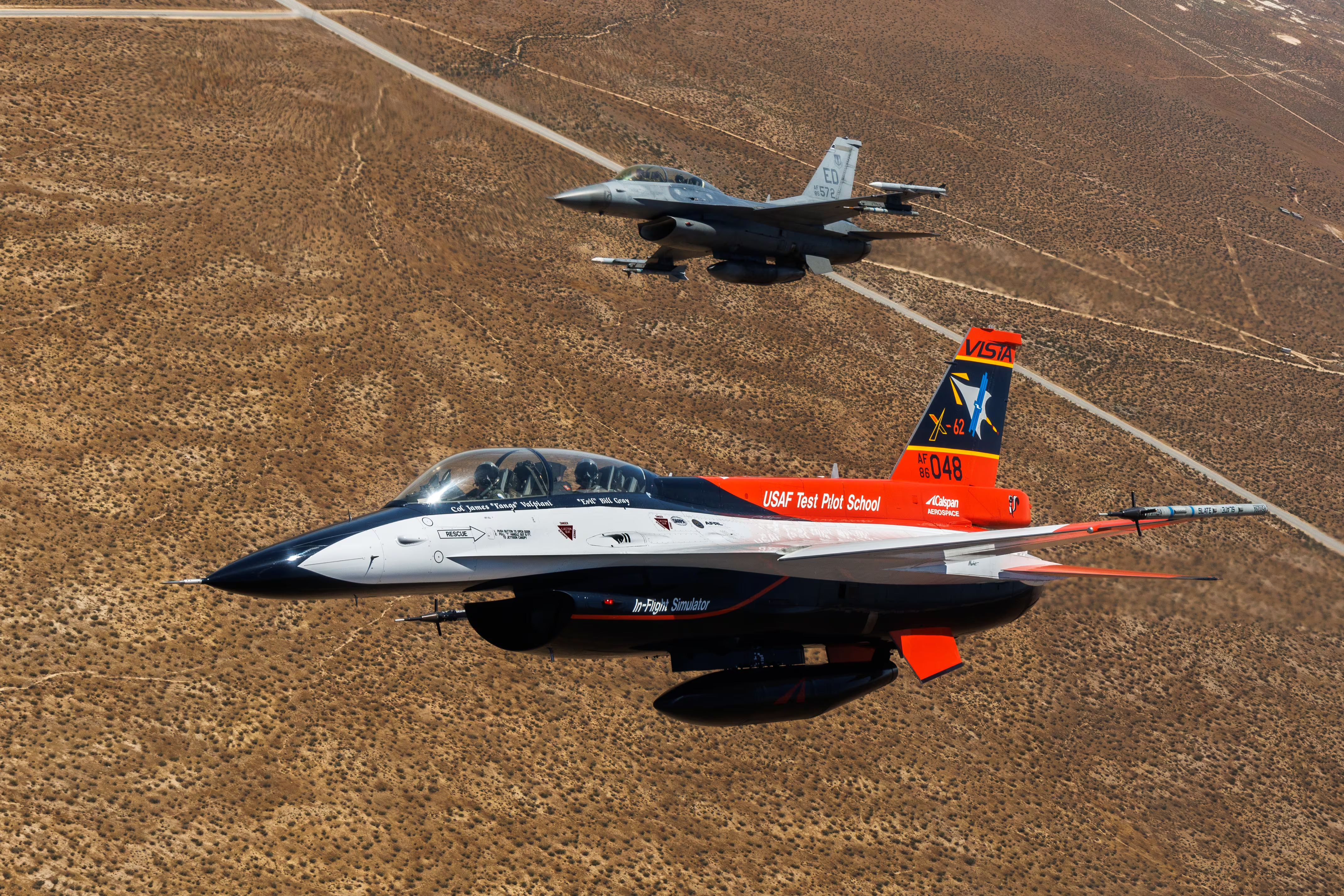SEOUL — South Korea has inked a deal with the United Arab Emirates to export midrange surface-to-air missiles, marking the Asian country’s largest-ever arms export deal in history.
Valued about $3.5 billion, the contract for the Cheongung II KM-SAM weapons was singed Jan. 16 during a meeting between South Korean President Moon Jae-in and Emirati Prime Minister Mohammed bin Rashid Al Maktoum in Dubai as they discussed economic cooperation.
Earlier, South Korean defense firms involved in the missile’s production signed respective deals with the UAE-based Tawazun Economic Council: LIG Nex1 will help with system integration; Hanwha Systems will provide a multifunctional radar; and Hanwha Defense will develop the missile’s vertical launcher as well as its ammunition resupply vehicles.
“The UAE is the first foreign nation to operate the Cheongung II,” South Korea’s Defense Acquisition Program Administration said in a news release. “The deal is the result of the bilateral defense cooperation based on mutual trust and will serve as a watershed moment for future direction of the two nation’s strategic defense partnership.”
Along with the missile acquisition contract, the two governments signed a memorandum of understanding to collaborate on defense technologies, including the co-development of weapons systems, DAPA added.
The KM-SAM was first developed by the South Korean Agency for Defense Development with technical support from Russian firms. It was based on technology from the 9M96 missile used on S-350E and S-400 missile systems, and created to replace the older Hawk surface-to-air missiles that were adopted in 1964.
A complete battery consists of four to six eight-cell transporter erector launchers, a multifunction phased array 3D radar, and a fire command vehicle. Employing so-called hit-to-kill technology, the missile can intercept up to six hostile missiles coming in at altitudes below 40 kilometers, with a detection range of 100 kilometers. The missiles have anti-electronic warfare capabilities to keep functioning, despite jamming.
The system passed the South Korean military’s operational requirement verification test in 2015 and began deployment in early 2016, according to the Air Force.
Brian Kim was a South Korea correspondent for Defense News.








